Curry is a popular dish all over the world, but in two places where curry is most popular, the recipes have major differences! Find out what makes Jamaican and Indian curry so unique and different from one another.
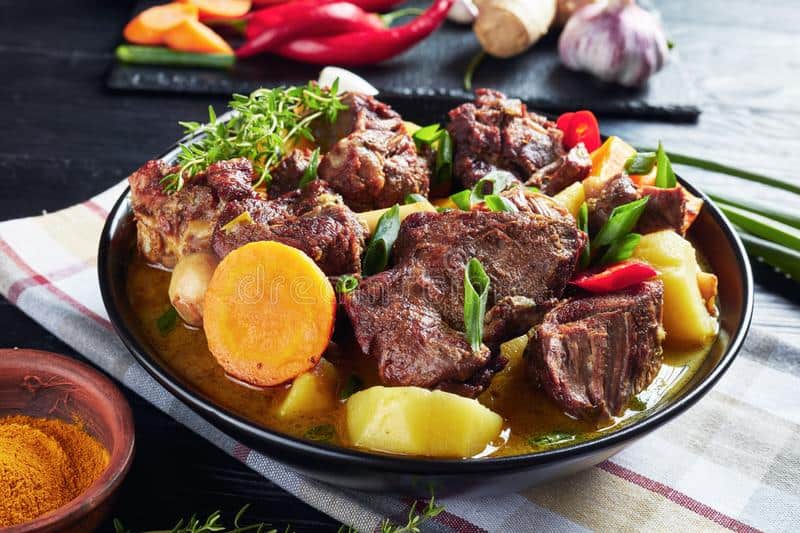
When you hear the term “curry”, you may picture some spicy, saucy chicken and vegetables over a bowl of rice, but the truth is there is no set definition for exactly what curry is or what goes into it. It’s a general term given for any spicy, saucy dish of meat and vegetables.
Maybe that’s why there is a version of curry in almost every part of the world and none are exactly the same. It seems everyone loves a warm bowl of spices and sauce but even in the same region, there are arguments over what goes into curry and what makes curry, curry. Everyone has their own take on it.
Today we are taking a deeper look at curry from just two regions: India and Jamaica.
History of Curry
Curry in India
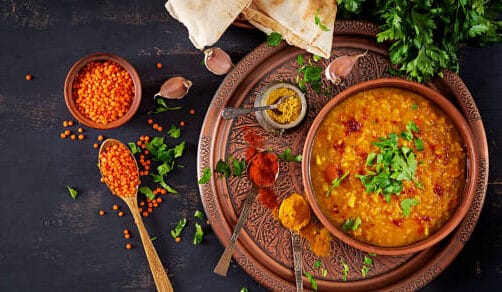
In India, you will not typically find a dish on most menus called curry. Curry comes from the Indian word kari that describes a spicy stew of meat and vegetables. The Portuguese called it caril or caree and eventually the English called it curry.
Trade through India introduced the region to a wide array of spices as well as tomatoes, ginger and garlic. The dishes they created were shared around the globe. You can find versions of curry in Japan, Pakistan, South Africa, the UK, Maldives, Thailand, Trinidad and the Caribbean.
It goes by many names in each different region, each with their own unique flavor profile. The most common curry in Indian cuisine is murgh makhani or butter chicken. Most recipes call for chicken to be marinated in a cream or yogurt sauce and a mix of spices and then slowly simmered and served over rice.
Curry in Jamaica
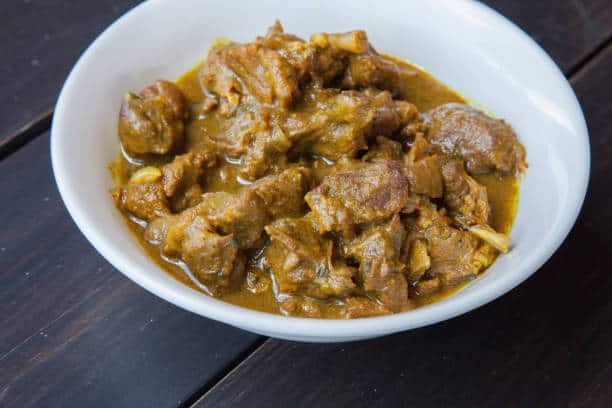
Curry came to Jamaica from the English settlers who brought pre-mixed curry powder with them on their trade route.
Once slavery was abolished, the English brought indentured servants to Jamaica from India to help with sugar cane and rum production. These immigrants introduced a wide variety of cooking techniques to the island.
The most popular curry in Jamaican cuisine is curry goat. It is tender meat, spiced with coconut milk, allspice (or pimento), thyme, tumeric and Scotch bonnet peppers. The allspice and scotch bonnet peppers are true Jamaican flavors that you might recognize from jerk sauce and jerk chicken.
Indian Curry
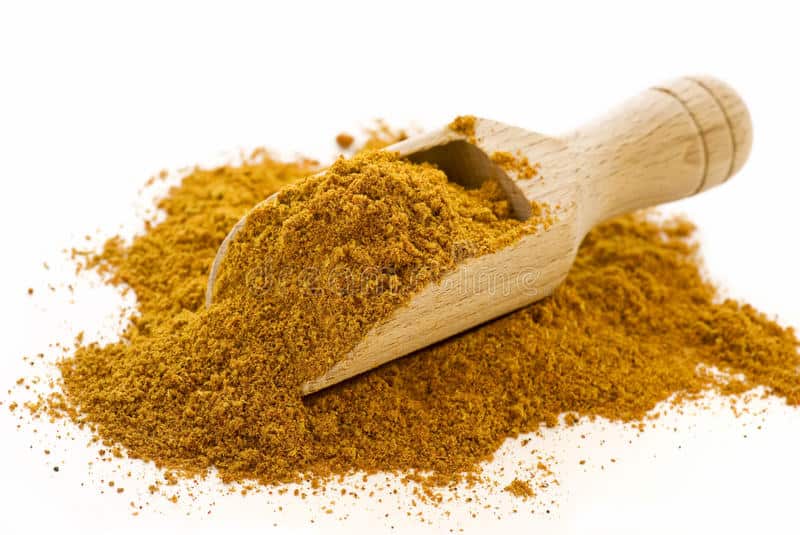
Indian curry is usually made with a mixture of turmeric, coriander, cumin and chili powder, combined with tomatoes, garlic, ginger and onions. The chili powder and tomatoes give Indian curry a beautiful red hue and a different appearance from other curries. Indian curry also uses the curry leaves from a curry plant as a critical part of the seasoning.
Most families do not use a pre-mixed blend of spices but create their own in their home. The results can be very different from one home to the next.
Jamaican Curry
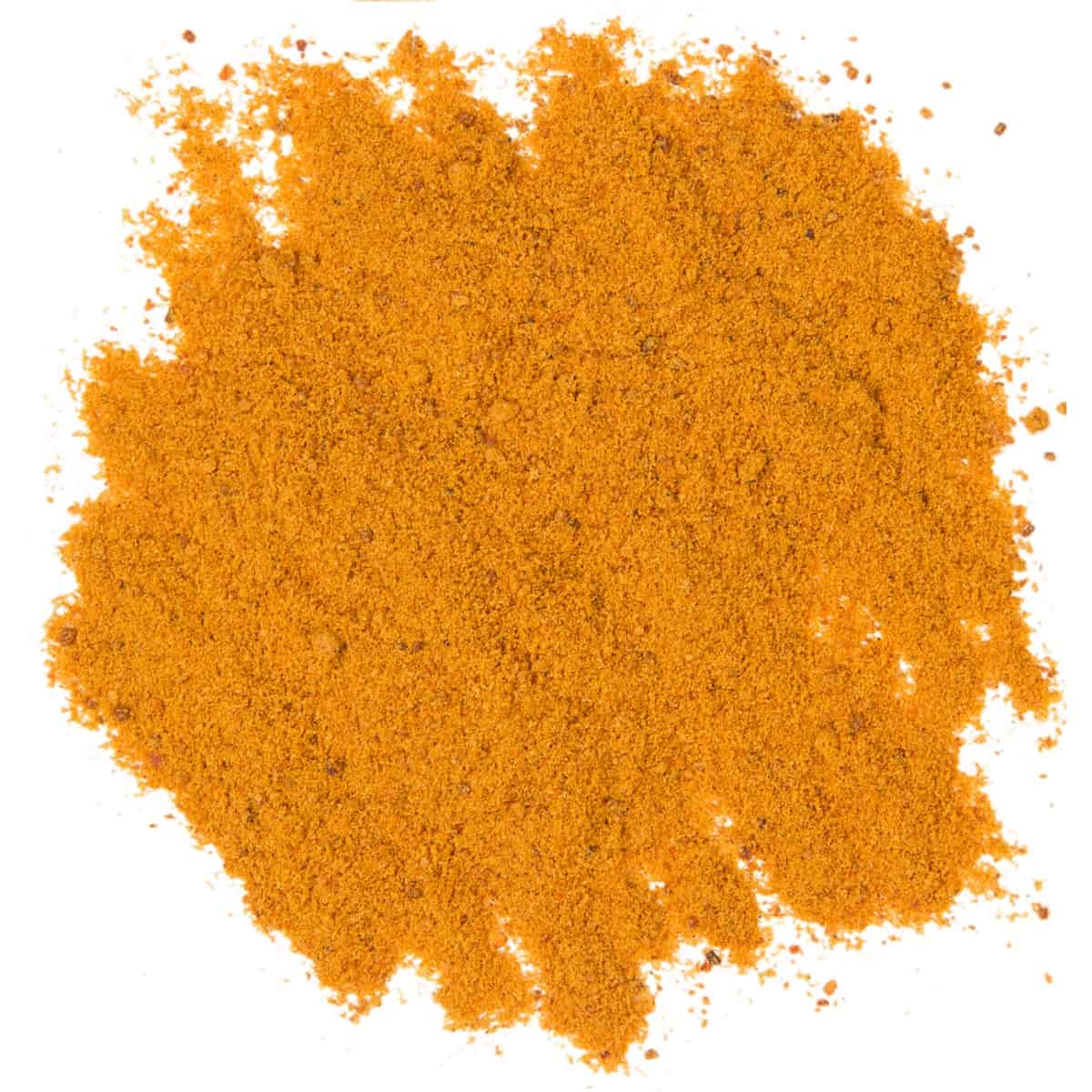
Jamaican curry powder or caribbean curry powder is often sold as a balanced mix of spices, with plenty of turmeric for a bright yellow color. Jamaican curry does not typically contain chili powder but uses allspice and fresh Scotch bonnet pepper for heat. These two additions give it a unique flavor that sets it apart from other curries around the world. Scotch bonnet peppers are a popular addition in Jamaican food.
The meat in Jamaican curry may be rubbed with the spices and left to marinate overnight to allow the most flavor to seep in.
Similarities
Both types of curry call for meat to be heavily spiced with different local ingredients and marinated for a long period of time before slowly simmering over low heat to perfection, usually in a coconut milk base. This process allows for the meat to take on an incredible amount of flavor and also break down and tough pieces until deliciously tender. The primary difference is the blend of spices.
FAQs
Because there is no overall accepted recipe for curry, the spice level in each version may vary greatly depending on the personal preferences of the chef preparing it. The spice level is up to their definition of hot.
The spice in Jamaican curry typically comes from the fresh scotch bonnet chili peppers while the spice in Indian curry comes from dried chili powder.
If you are purchasing a mixture at a store, you will not find an authentic Indian curry powder or curry paste. Curry powder is not used in India. There they prefer fresh spices.
Madras curry powder is the most popular attempt at Indian curry powder and may be spicier than Jamaican curry powder because the Jamaican powder may not include the fresh peppers. Fresh Jamaican curry dishes may be hotter than Indian curries because of the heat from the fresh scotch bonnet peppers.
The country that eats the most curry is in fact, India. The definition of curry may vary, but this cooking style was made popular in India and the popularity continues today.
You may be able to use Jamaican curry powder as a replacement for Indian curry and vice versa as long as you understand the blend of different spices that are missing from each.
Jamaican curry is unique because of the addition of allspice/pimento or allspice berries and scotch bonnet peppers. You may also need to add extra turmeric.
Indian curry is unique because of the inclusion of chili powder.
Different seasoning brands may have slight differences between their curry powder blends, but if you go to the grocery store and purchase curry powder off the shelf you are likely getting a mixture of coriander, fenugreek, turmeric and cumin.
The pre-packaged curry powder is a British invention made to resemble garam masala. It is popular for use in mulligatawny soup (a delicious chicken and rice soup) and may add some nice flavor to other dishes like chicken salad or roasted veggies.
If you are searching for the stereotypically Indian version of curry powder, then some great brands to check out would be Badia, Rani, or Indian Curry.
If you are needing Jamaican Curry Powder, some great choices are Blue Mountain, Maggi, or Betta Pack Curry.
The most popular side dish for curry is plain white rice. It helps to subdue some of the heat and has a delicious mild flavor that plays well with the spice of curry. You can also serve curry over brown rice or quinoa. Serve it with a side of bread or salad.
Curry can contain any meat. You may see curry shrimp, chicken curry, beef curry and even goat curry served in different parts of the world.
No matter which type of curry you choose, you can’t go wrong with a flavorful blend of fresh herbs and spices. Most curry lovers agree, as long as the dish includes plenty of spice and flavor, you’re golden and your taste buds will thank you!


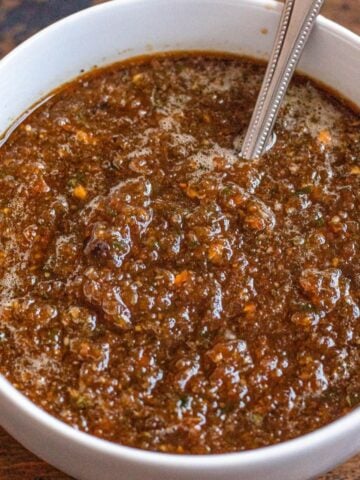
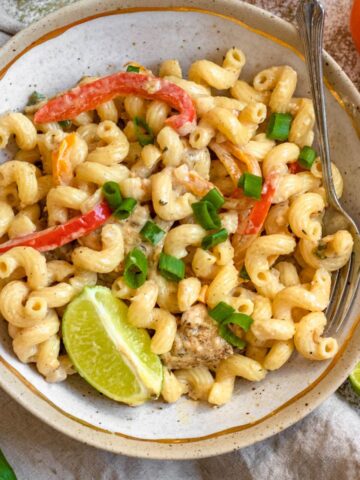
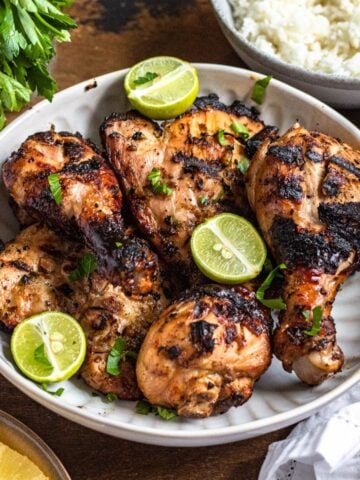
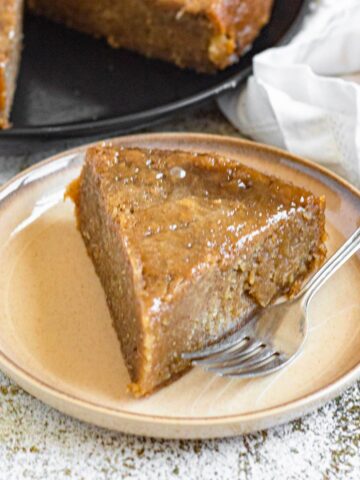
Leave a Reply